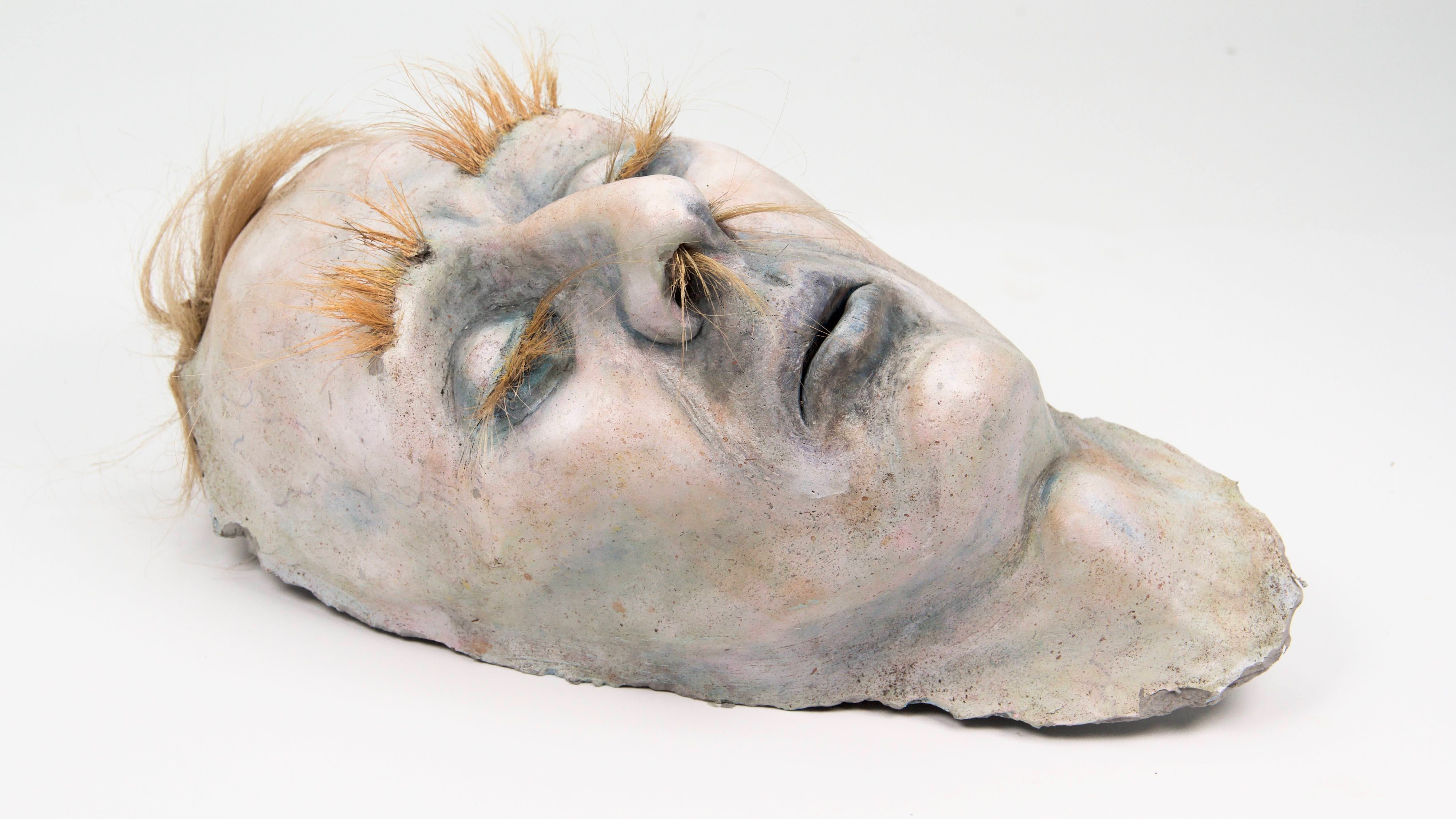
Joshua Watson’s Death Mask
Sculpted by Emilie Crewe
Sculpted by Emilie Crewe
Clay, Acrylic Paint, Human Hair
11.5” x 5.5” x 4.5”
This sculptural likeness of the character, Joshua Watson, portrayed by Canadian actor, Bruce Stens, is a pseudo-historical death mask. The object can be seen in video form embedded within the handbound sculptural book, An Account of Joshua Watson.

Henry Newburn’s Glasses
Antique Victorian Era “Nose Pinch”
4.5” x 2” x .0625”

Joshua Watson’s “Leg Bone” Nib Pen
Shard of Cow Tibia
2.5" x .75" x .375"
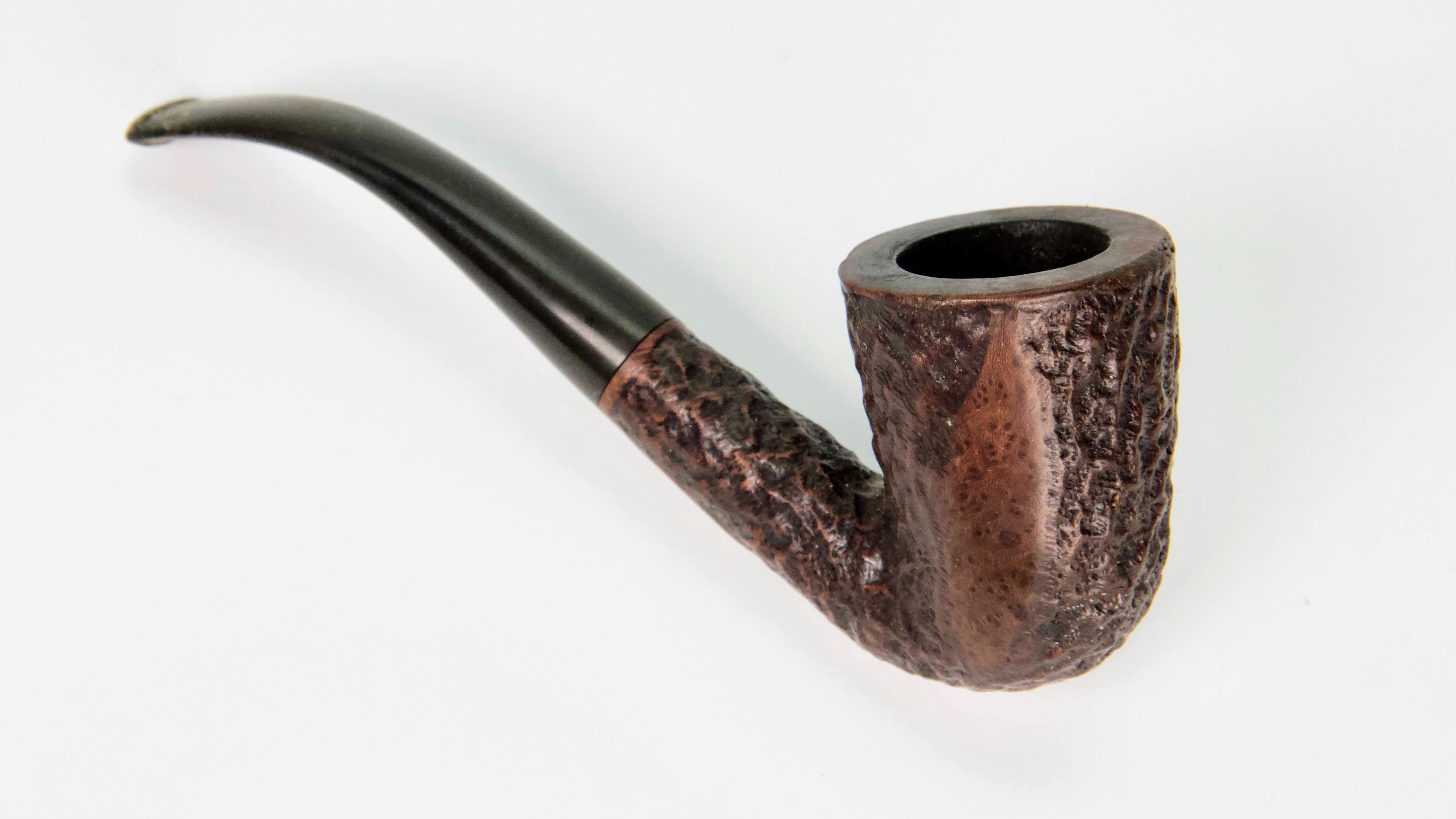
Henry Newburn’s Pipe
Vintage Canadian Brigham Tobacco Pipe
5.5” x 2.25” x 1.5”

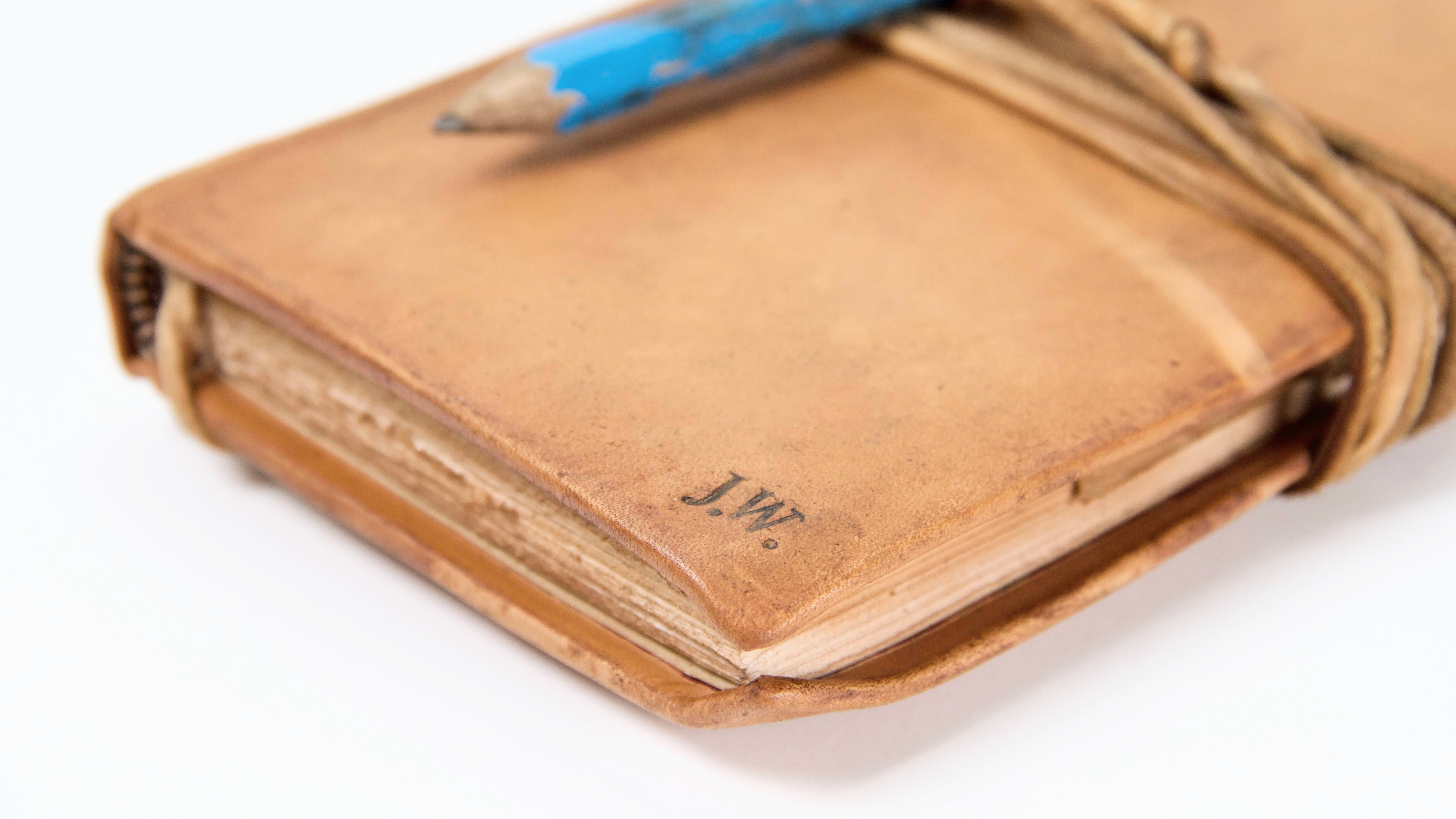
Bound by Emilie Crewe
Calf Skin w/ Handsewn Endbands
Hand-tooled w/ “J.W.” Initials
5.75” x 3.25” x .6”



Bound by Emilie Crewe
Authentic 17th Century Vellum
Assorted Antique Paper
12.5” x 9.25” x .5”



Painting by Emilie Crewe
Oil on Canvas
w/ Antique Frame + Convex Glass
2.5” x 3.25” unframed
7” x 5.25” framed

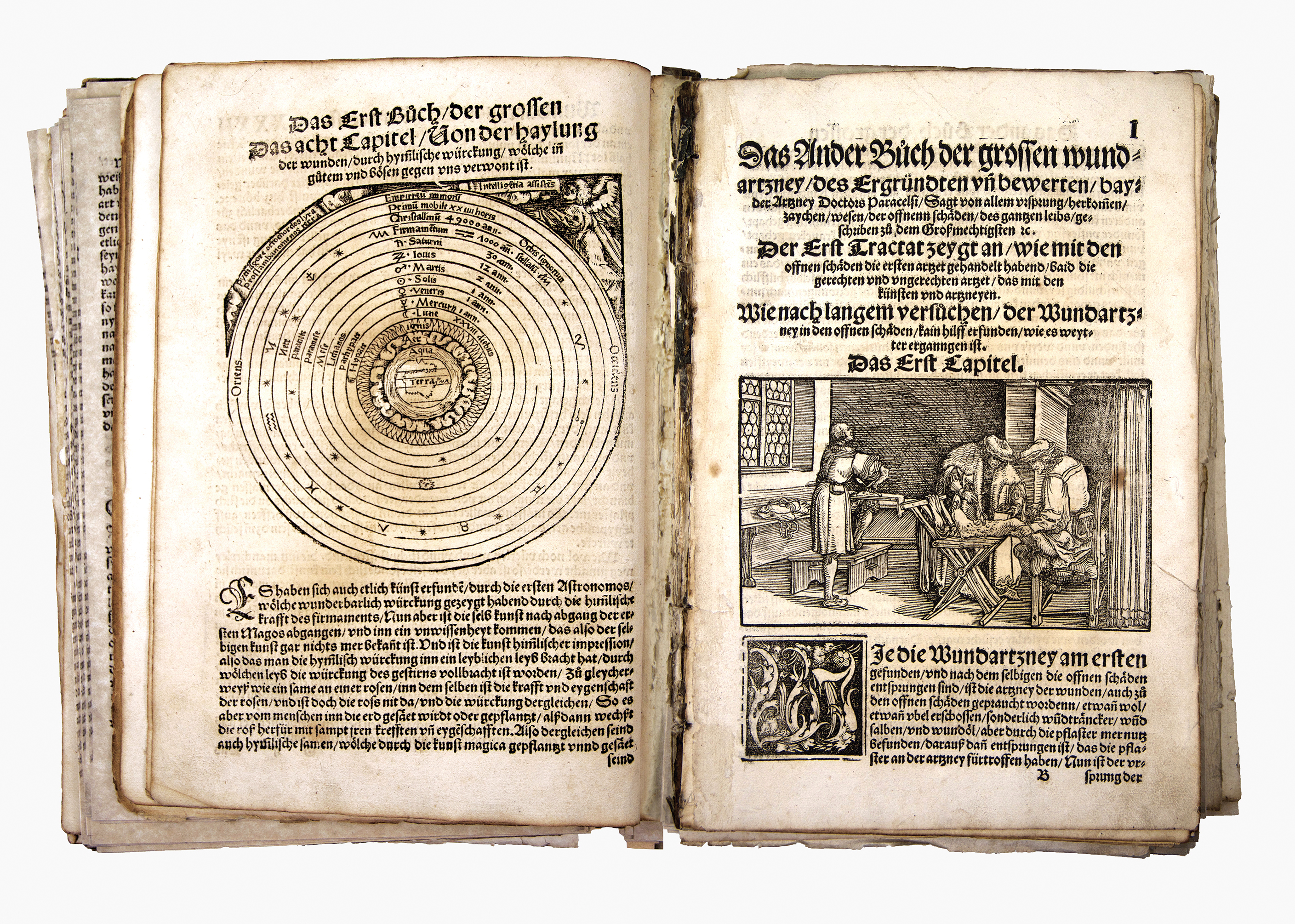
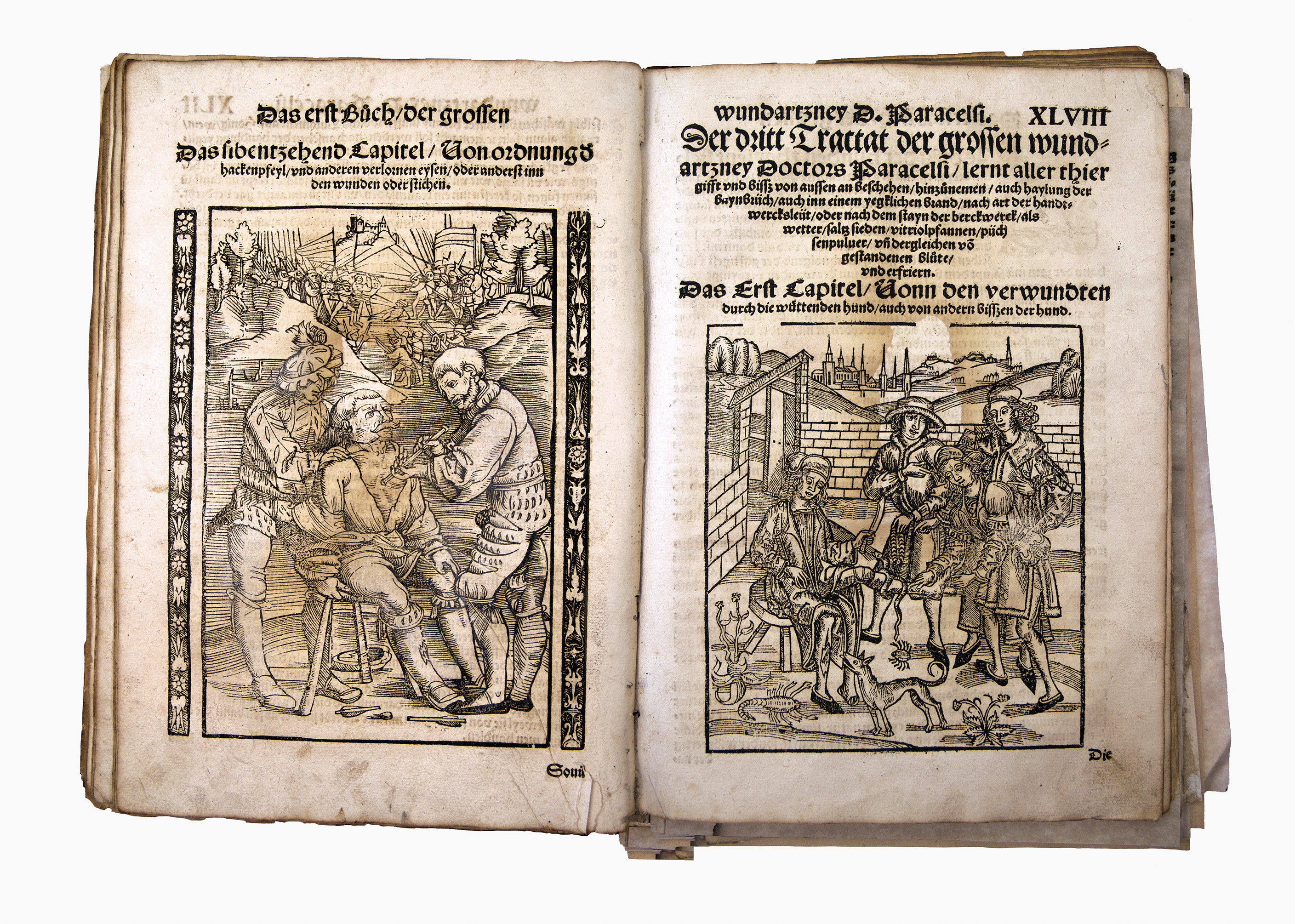
Digitally Collaged + Stitched High-Resolution Photographs by Emilie Crewe, 2021
Bibliography: Paracelsus (Philippus Aureolus Theophrastus Bombastus Von Hohenheim). Grosse Wundartzney. Bavarian State Library, 1536.
Paracelsus, by name of Philippus Aureolus Theophrastus Bombastus von Hohenheim, (born November 11 or December 17, 1493, Einsiedeln, Switzerland—died September 24, 1541, Salzburg, Archbishopric of Salzburg [now in Austria]), German-Swiss physician and alchemist who established the role of chemistry in medicine.
